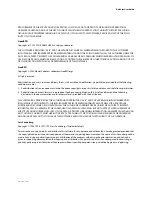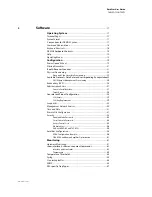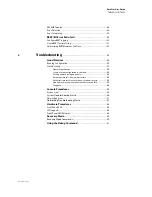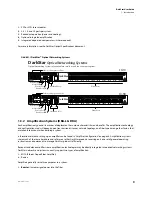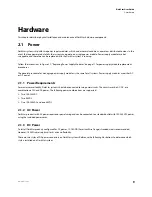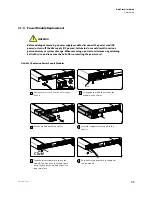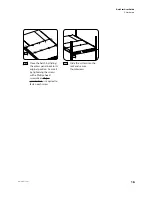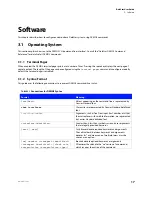
4
DarkStar User Guide
1: Introduction
www.xkl.com
•
Line Amplification:
Increase repeater spacing.
•
Pre-Amplification:
Improve receiver sensitivity and signal-to-noise margin.
1.3.2.1 DBA-L Systems
A DBA-L system employs EDFAs to implement optical amplification, allowing for increased distances between optical
networking systems. The features of a DBA-L are:
1.
Up to 4 EDFAs.
2.
Integrated dispersion compensators.
3.
Integrated tilt compensators.
4.
Mid stage access.
An EDFA uses erbium-doped optical fiber as a gain medium to amplify an optical signal. Inside the EDFA, the input optical
signal and the pump laser are combined and passed through the erbium-doped fiber, where the signal is amplified.
WARNING
!
EDFAs can produce high-energy signals that pose a risk to human eyesight. Furthermore,
an improperly configured EDFA can damage optical receivers, both within the EDFA-
equipped DarkStar systems and in remote systems connected to the EDFA-equipped
system.
1.3.2.2 DRA Systems
A DRA system employs EDFAs and Raman amplifiers to implement optical amplification, allowing for increased distances
between optical networking systems. The features of a DRA are:
1.
Up to 2 Raman amplifiers.
2.
Up to 4 EDFAs.
3.
Integrated dispersion compensators.
4.
Integrated tilt compensators.
5.
Mid stage access.
A Raman amplifier is based on Raman gain, which results from the stimulated Raman scattering effect. Unlike an EDFA, Raman
amplification uses the transmission fiber as the gain medium, instead of erbium-doped fiber, transferring the optical energy
from a pump laser to the optical signal.





